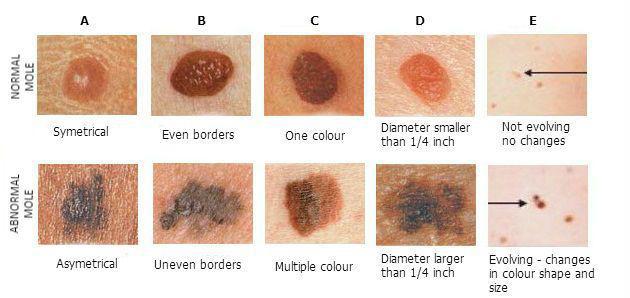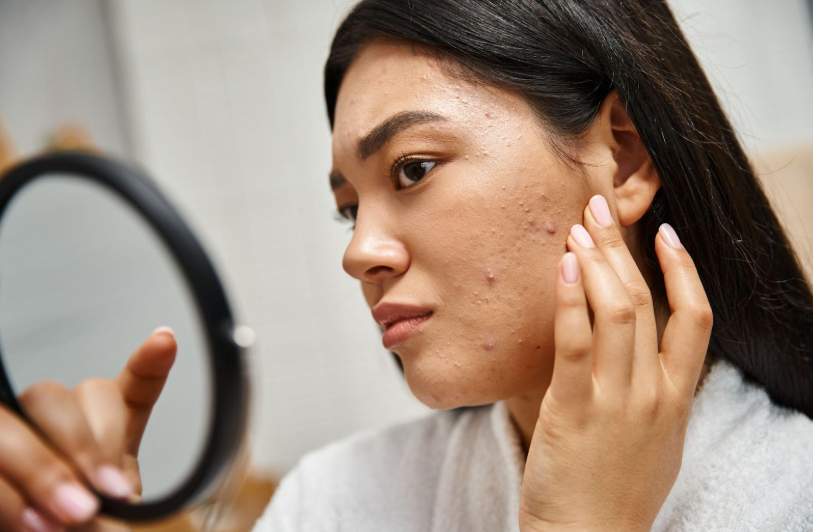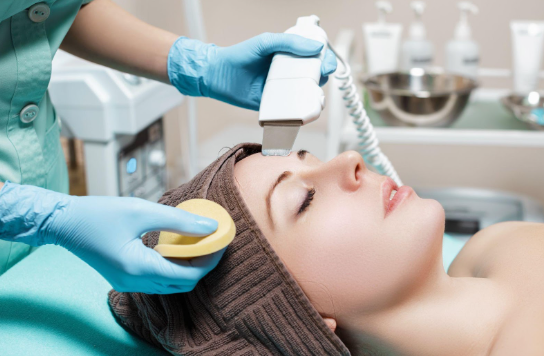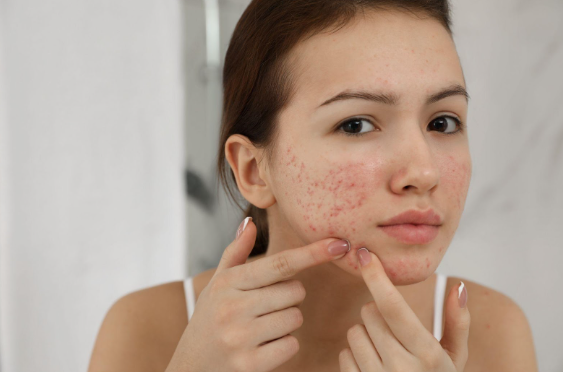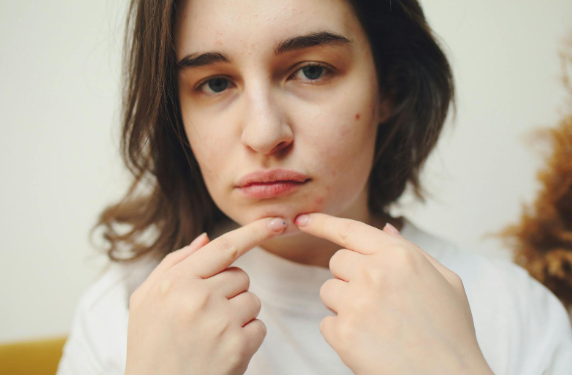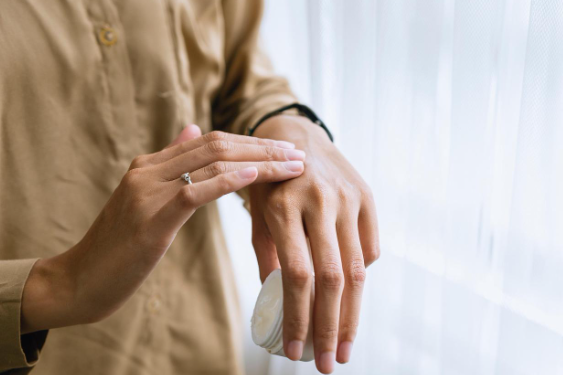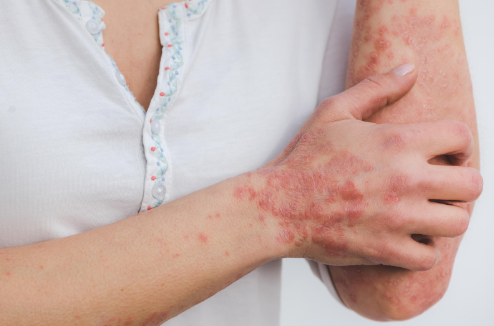* Skin Cancer is the most common cancer of all cancers seen today.
* More than 3.5 million non-melanoma skin cancers in more than 2 million are diagnosed in the United States annually.
- Current estimates are that 1 in 5 Americans will develop skin cancer in their lifetime.
- A recent report estimated that 1 in 28 people in the United States will develop some variation of skin cancer in their lifetime & 1 in 50 will develop melanoma.
- Melanoma incidence rates have been increasing for the last 30 years.
- The incidence rate of Melanoma has increased by about 2.8% per year since 1981.
- Caucasians and men older than 50 are at a higher risk of developing Melanoma than the general population.
- The incidence in men ages 80 and older is 3 times higher than women of the same age.
- Melanoma incidence rates in Caucasians are 5 times higher than in Hispanics and 23 times higher than in African Americans.
- Although before age 40, Melanoma incidence rates are twice as high in woman then in men, after 40, rates are higher in men than women.
- Melanoma is the most common form of cancer for young adults 25-29 years old and the second most common form of cancer for adolescents and young adults 15-29 years old.
- Melanoma is increasing faster in females 15 to 29 years old than males in the same age group.
- Melanoma in Caucasian woman under the age of 44 has increased 6.1% annually, which may reflect recent trends in indoor tanning.
- While Melanoma in children is extremely rare, from 1973 to 2009 the rate of Melanoma increased by about 2% per year among Caucasian children from newborn to age 19 in the United States.
- The 5-year survival rate for people whose Melanoma is detected early and treated before it has spread to the lymph nodes is 98%.
- About 75% of skin cancer deaths are from Melanoma.
- On average, 1 American dies from Melanoma every hour.
- Two thirds will be men and one third will be women.
With early detection and treatment, skin cancer is highly curable. The most common warning signs of skin cancer include changes in size, shape, or color of a mole or other skin lesion and or the appearance of a new growth on your skin.
SKIN CANCER AFFECTS EVERYONE
No matter your skin color, you can get skin cancer. Some people have a higher risk of developing skin cancer than others Age is the key factor, but there are many other risk factors.
People with a higher risk for skin cancer have:
** Light colored skin
** Skin that burns or freckles rather than tans
** Blond or red hair
** More than 50 moles on your body
** Irregularly-shaped or darker moles (nevi) or so called “atypical”
** Use (or use) of indoor tanning devices such as tanning beds or sunlamps
Your medical history also can increase your risk of getting skin cancer. You have a much greater risk of developing skin cancer if you have:
** History of sunburns, especially blistering sunburns
** Have received an organ transplant
** Had skin cancer (or a blood relative has /had skin cancer)
** A weakened immune system
** Received long term x-ray therapy, such as x-ray treatments for acne
** Been exposed to cancer-causing compounds such as arsenic or coal
** An area of your skin that has been badly burned many years ago either by an accident of by the sun.
TYPES OF SKIN CANCER
The most common types of skin cancer are:
BASAL CELL CARCINOMA (BCC)
BCC is the most common type of skin cancer.BCC appears on the skin in many shapes and sizes. You make see a dome-shaped growth with visible blood vessels; a shiny, pinkish patch; or a sore that heals, and then returns. BCC usually develops on skin that receives lots of sun, such as the scalp, nose, neck, and hands. BCC rarely spreads to other of the body, but it can grow deep into tissues and bone if not treated early.
SQUAMOUS CELL CARCINOMA (SCC)
SCC is the second most common type of skin cancer. SCC appears on the skin in many shapes. You can see a crusted or rough bump that grows and bleeds; or a sore that does not heal, or heals and then returns. SCC commonly develops on the skin that is exposed to sun, such as the face, ears, lips, back of the hands, arms, and legs. SCC can also develop from a previous precancer located on the skin. (We will discuss this latter in this article).
SCC can also develop on areas of the body that are not exposed to sun, such inside your mouth or on the genitals. Smoking or chewing tobacco may increase your risk of getting SCC in your mouth or throat. Left untreated, SCC can spread internally to other parts of your body, making treatment difficult.
MELANOMA
This is the deadliest form of skin cancer. Melanoma may develop on normal skin or in an existing mole. A change to the shape, color, or diameter (size) of a mole can be a sign of melanoma. Other changes to watch for include a mole that becomes painful or begins to bleed or itch.
Some melanomas develop on normal skin. A new growth, particularly one that goes not match what your other moles look like, could be a melanoma.
Melanoma can also develop under fingernails or toenails. This may look like a brown or black streak or smudge underneath the nail.
Although melanoma is more common in those people with light colored skin, people with skin of color can also get melanoma. In skin of color, melanoma usually appears on a palm of the hand, or the sole of the foot, under the nail, in the mouth, or on the genitals.
THE ABCDEF’s OF MELANOMA DETECTION
When melanoma is caught early and treated, the cure rate is nearly 100%.
Performing skin self-examinations can help you find skin changes that could be an early melanoma or other types of skin cancer.
When looking at your skin for signs of melanoma, it helps to keep in mind the ABCDEF’s of Melanoma.
- A stands for ASYMMETRY; one –half of the lesion does not look like the other half.
- B stands for BORDER; irregular, scalloped or poorly defined border.
- C stands for COLOR; varied from one spot to another; shades of brown, black; and sometimes red, white or blue.
- D stands for DIAMETER; melanomas are most often greater than 6 millimeters. (The size of a pencil eraser) when diagnosed, but can also be smaller.
- E stands for EVOLVING; a mole or skin growth that looks different from the rest or is changing in size, shape, or color.
- F stands for FRIED EGG; this is an additional change I tell my patients to look for in which the mole begins to look like a” fired- egg” or a” bulls -eye”
Before I discuss skin examinations I want to educate my readers on the most common new onset skin growth you may see developing on your skin especially if you live or have lived in Arizona. They are called:
ACTINIC KERATOSES (AK)
Actinic Keratoses (AK’s) are very common skin growths . AKs are considered precancerous. If they are left untreated, an AK may turn in a squamous cell carcinoma (SCC).
Most AKs are dry, scaly, rough-textured spots on the skin. AKs form on skin that receives lots of sun, such as on the head, including the lips and scalp; arms and hands. Woman frequently can get AKs on the back of their legs.
If you are concerned that you may be developing AK’s one of the most important signs a patient will relate to me is that “the spot forms, scale heaps up on the their skin, disappear and then returns a short time later from days to weeks later then the process starts over again”.
SKIN EXAMS CAN FIND SKIN CANCERS EARLY
There are two types of skin examinations. A self-exam that involves checking your skin for the signs of changes I have described in this article.
Your dermatologist performs the other type of skin exam which will be more extensive. How often a patient should have a skin exam will vary from patient to patient. I tell my patients “at least once a year unless I tell you differently” and to
Think of your skin exam as the “annual physical for the largest organ in the body”.
EARLY TREATMENT HAS A HIGH CURE RATE
Caught early and properly treated, skin cancer can be cured. Even melanoma, which can be deadly, has a cure rate of almost 100% when treated early.
Proper treatment begins with the right diagnosis. To diagnose skin cancer, a dermatologist performs a skin biopsy. This is the best and most precise way to diagnose a skin cancer. Your dermatologist can perform a biopsy during an office visit.
To perform a biopsy, your dermatologist will remove either the entire suspicious growth or part of it depending on the size of the growth.
The removed skin will be sent to the dermatopathology lab where it will be examined under the microscope. If the diagnosis is skin cancer, your dermatologist will consider the size and location of the skin cancer, and your general health to determine the best treatment for you. When caught early and the entire growth is treated in total further treatment may not be needed. However if further treatment is needed your dermatologist will discuss your treatment options and make recommendations.
PREVENT - DETECT - LIVE
Sun exposure is the most common preventable risk factor for precancers, all skin cancers including melanoma. The following can help you detect and prevent new skin cancers:
*** Have an annual skin exam by your dermatologist.
*** Perform your skin self-examination.
*** If you notice anything changing, growing or bleeding on your skin make an appointment with your dermatologist immediately.
*** Protect your skin every day by:
- Seeking shade
- Protect your skin when around water, snow and sand
- Wearing protective clothing
- Educate your children, family and friends.
- Never use a tanning bed
*** Generously apply sunscreens that offer broad-spectrum (UVA and UVB) protection, water resistance, and a Sun Protection Factor (SPF) of 30 or more.
Wearing sunscreen every day, studies show, can reduce the risk of developing melanoma by 50%. Be sure to apply the sunscreens to all exposed areas of your skin before going outside. If you are swimming or sweating a lot you should apply your sunscreen at least every 2hours during your times of exposure.
